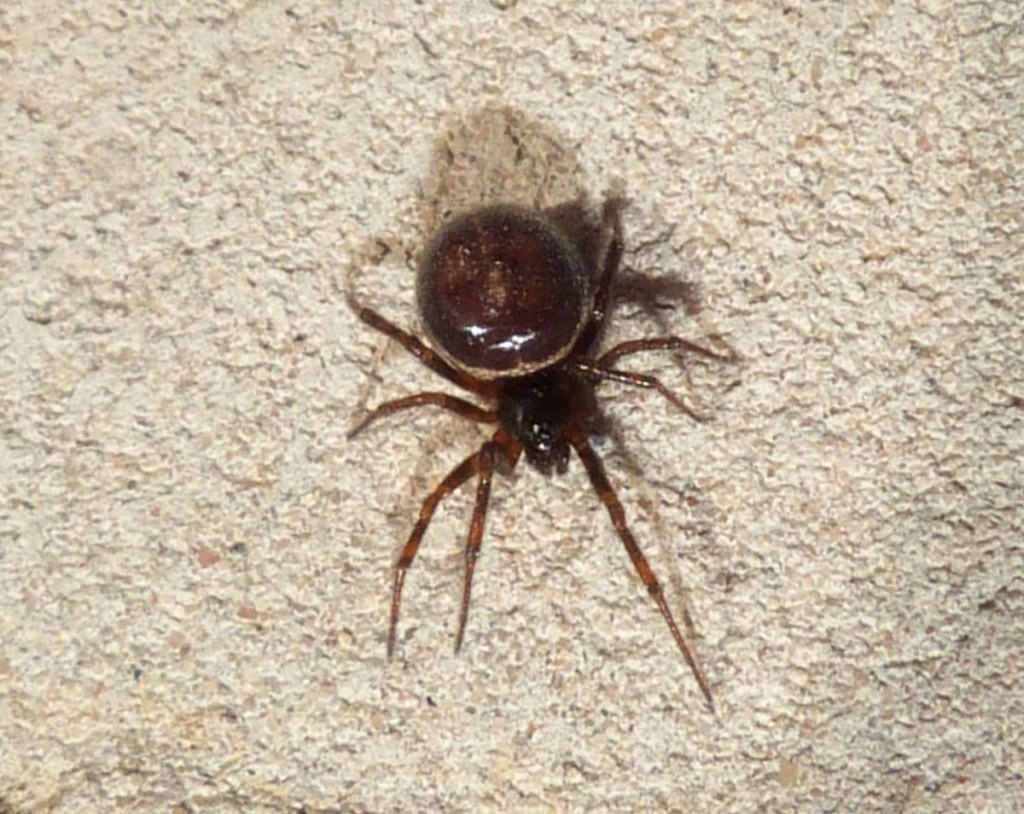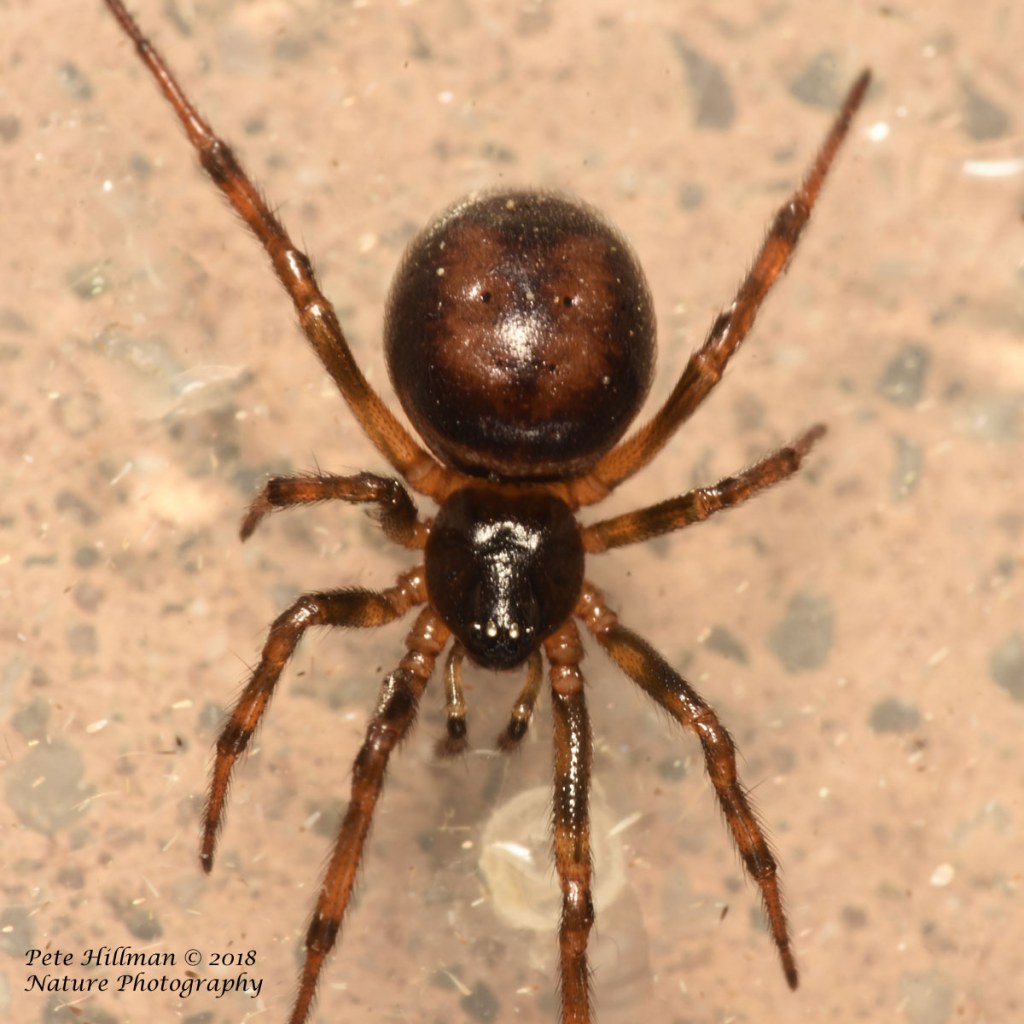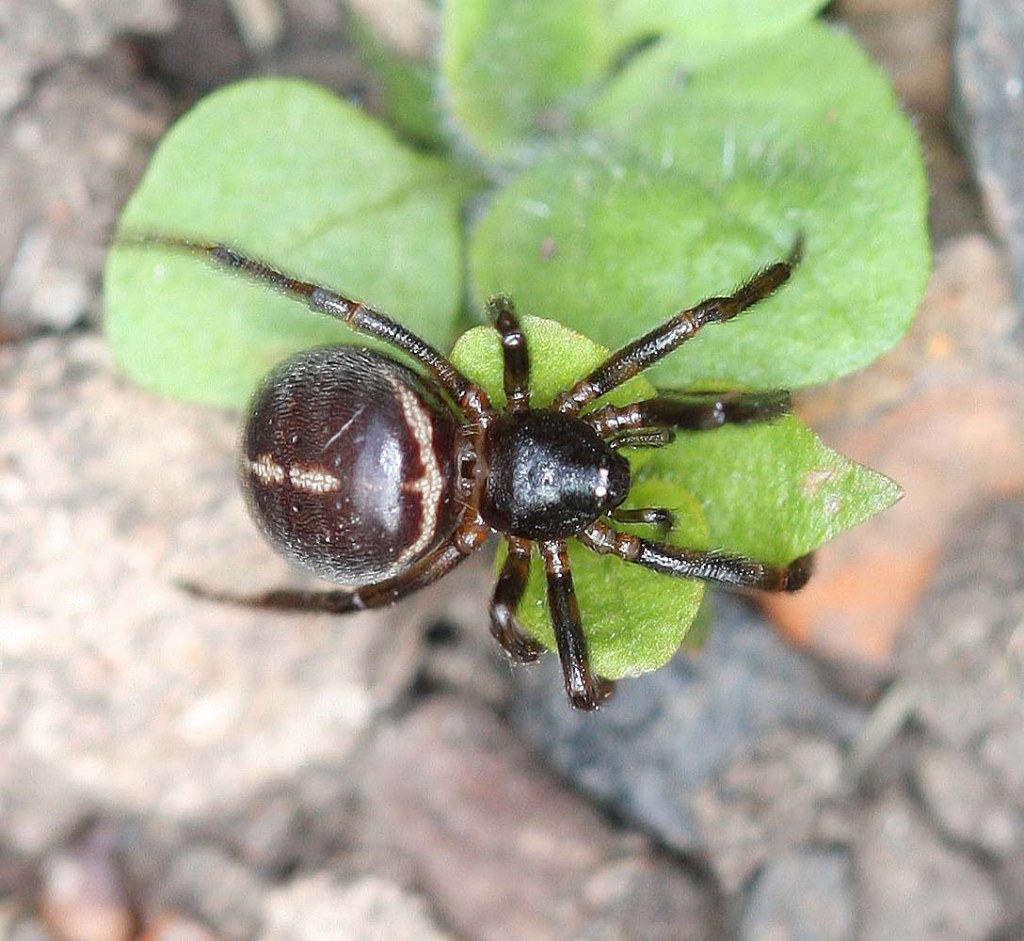Discover The Fascinating World Of The Rabbit Hutch Spider: A Captivating CTA For Curious Minds!
Rabbit Hutch Spider: A Fascinating Arachnid Found in Gardens
Dear Fashion Enthusiast,
Welcome to our informative article about the intriguing rabbit hutch spider. In this piece, we will delve into the characteristics, behaviors, and the significance of this unique arachnid. Whether you are an arachnophile or simply someone with an interest in wildlife, we hope you find this article both engaging and enlightening.
3 Picture Gallery: Discover The Fascinating World Of The Rabbit Hutch Spider: A Captivating CTA For Curious Minds!



Introduction
The rabbit hutch spider, scientifically known as Steatoda bipunctata, is a species of cobweb spider commonly found in gardens and outdoor spaces. With its distinctive appearance and fascinating habits, this arachnid often captures the attention of nature enthusiasts and researchers alike.
This article aims to provide a comprehensive overview of the rabbit hutch spider, covering its physical attributes, habitat, behavior, and significance within the ecosystem. By the end, you will have a deeper understanding of this curious creature and its role in the natural world.
Table: Rabbit Hutch Spider Information

Image Source: indicia.org.uk
Attribute
Description
Scientific Name
Steatoda bipunctata
Family
Theridiidae
Habitat
Gardens, hedges, shrubs

Image Source: wordpress.com
Physical Characteristics
Small size, dark brown or black coloration, two distinctive white dots on the abdomen
Web Structure
Tangled cobweb with irregular threads
Feeding Habits
Preys on insects, including garden pests
Behavior
Nocturnal, secretive, non-aggressive
What Makes the Rabbit Hutch Spider Unique?

Image Source: indicia.org.uk
The rabbit hutch spider stands out due to its distinctive appearance, consisting of a small body covered in dark brown or black hues and two contrasting white dots on its abdomen. This coloration helps it camouflage within its environment, making it less noticeable to predators and potential prey.
Aside from its appearance, the rabbit hutch spider also possesses interesting behavioral traits. Being nocturnal, it actively hunts at night, taking advantage of the darkness to catch its prey. Its web structure, consisting of tangled and irregular threads, serves as both a hunting ground and a means to protect its territory.
While the rabbit hutch spider may seem intimidating, it is non-aggressive towards humans and rarely bites unless provoked. Its venom is mild, comparable to a bee sting, and poses little to no threat to humans.
Who Can Benefit from Understanding the Rabbit Hutch Spider?
Various individuals and groups can benefit from gaining knowledge about the rabbit hutch spider. Gardeners, for instance, can appreciate its presence, as it preys on common garden pests, helping to control their population naturally. Wildlife enthusiasts and researchers can also find value in understanding the ecological role of this species and its interactions within the garden ecosystem.
Furthermore, individuals with a general interest in the natural world can expand their knowledge and appreciation for the diverse range of organisms that exist within their surroundings. By learning about the rabbit hutch spider, one gains a deeper understanding of the intricacies and interconnections of the natural world.
When and Where Can the Rabbit Hutch Spider Be Found?
The rabbit hutch spider can be found in various regions across the globe, including Europe, North America, and Asia. Its presence is especially common in gardens, hedges, shrubs, and other vegetated areas. As a nocturnal creature, it primarily emerges at night, making it less frequently observed during daylight hours.
During the warmer months, when insects and potential prey are abundant, the rabbit hutch spider becomes more active. This period, typically from spring to early fall, presents an opportune time to study and observe this arachnid’s behaviors and interactions within its environment.
Why Should We Appreciate the Rabbit Hutch Spider?
The rabbit hutch spider plays a valuable ecological role within its habitat. By preying on insects, including common garden pests, it contributes to the natural balance of the ecosystem. This natural pest control helps reduce the need for harmful pesticides, ultimately promoting a healthier and more sustainable garden environment.
Additionally, studying the rabbit hutch spider and its interactions with its environment can provide insights into broader ecological concepts, such as species interdependencies, food webs, and the intricate relationships within ecosystems. By appreciating and valuing the presence of this arachnid, we can develop a deeper appreciation for the web of life that surrounds us.
How Can We Coexist with the Rabbit Hutch Spider?
To maintain a harmonious coexistence with the rabbit hutch spider, it is essential to respect its natural habitat and avoid unnecessary disturbances. By preserving natural areas within gardens, such as shrubs and hedges, we can provide suitable environments for this arachnid to thrive.
Furthermore, embracing organic gardening practices and minimizing the use of pesticides can help support the rabbit hutch spider’s role as a natural pest control agent. By fostering a balanced ecosystem within our gardens, we create a favorable environment not only for this spider but for a multitude of other beneficial organisms as well.
Advantages and Disadvantages of the Rabbit Hutch Spider
Advantages:
1. Natural pest control: The rabbit hutch spider preys on insects, including common garden pests, reducing their population without the need for harmful pesticides.
2. Minimal human interaction: The rabbit hutch spider is non-aggressive towards humans and rarely bites unless provoked, posing little to no threat.
3. Fascinating ecological insights: Studying the rabbit hutch spider provides valuable insights into species interdependencies and ecosystem dynamics.
Disadvantages:
1. Potential fear factor: Some individuals may feel uncomfortable or fearful of spiders, including the rabbit hutch spider.
2. Limited daytime visibility: Due to its nocturnal habits, the rabbit hutch spider is less frequently observed during daylight hours.
3. Misidentification as a black widow: The rabbit hutch spider’s appearance may lead to misidentification as a black widow spider, causing unnecessary alarm.
Frequently Asked Questions (FAQ)
1. Are rabbit hutch spiders dangerous to humans?
No, rabbit hutch spiders are not dangerous to humans. Their venom is mild and poses little to no threat, comparable to a bee sting.
2. Can rabbit hutch spiders be kept as pets?
While some individuals may keep spiders as pets, the rabbit hutch spider is not commonly kept in captivity due to its small size and minimal visibility during daylight hours.
3. Do rabbit hutch spiders build elaborate webs like other spiders?
No, the rabbit hutch spider’s web structure consists of tangled and irregular threads rather than elaborate geometric patterns.
4. How can I attract rabbit hutch spiders to my garden?
Creating a garden rich in biodiversity and avoiding the use of harmful pesticides can naturally attract rabbit hutch spiders by providing suitable prey and habitat.
5. What should I do if I find a rabbit hutch spider in my home?
If you come across a rabbit hutch spider in your home, it is best to gently capture it using a glass and paper method and release it outdoors. Avoid handling it directly as a precaution.
Conclusion
In conclusion, the rabbit hutch spider is a fascinating arachnid found in gardens and outdoor spaces. Its unique appearance, behavioral traits, and valuable ecological role make it an intriguing subject of study and observation. By understanding and appreciating this species, we not only enhance our knowledge of the natural world but also contribute to creating a more sustainable and harmonious environment.
Final Remarks
This article serves as an informative guide to the rabbit hutch spider, highlighting its characteristics, behaviors, advantages, and disadvantages. It is important to remember that while spiders may evoke fear in some individuals, they play significant roles within ecosystems. It is crucial to respect and appreciate the diverse range of organisms that coexist alongside us. By fostering empathy and understanding, we can develop a deeper connection with nature and promote its conservation for future generations.
This post topic: Hutch



